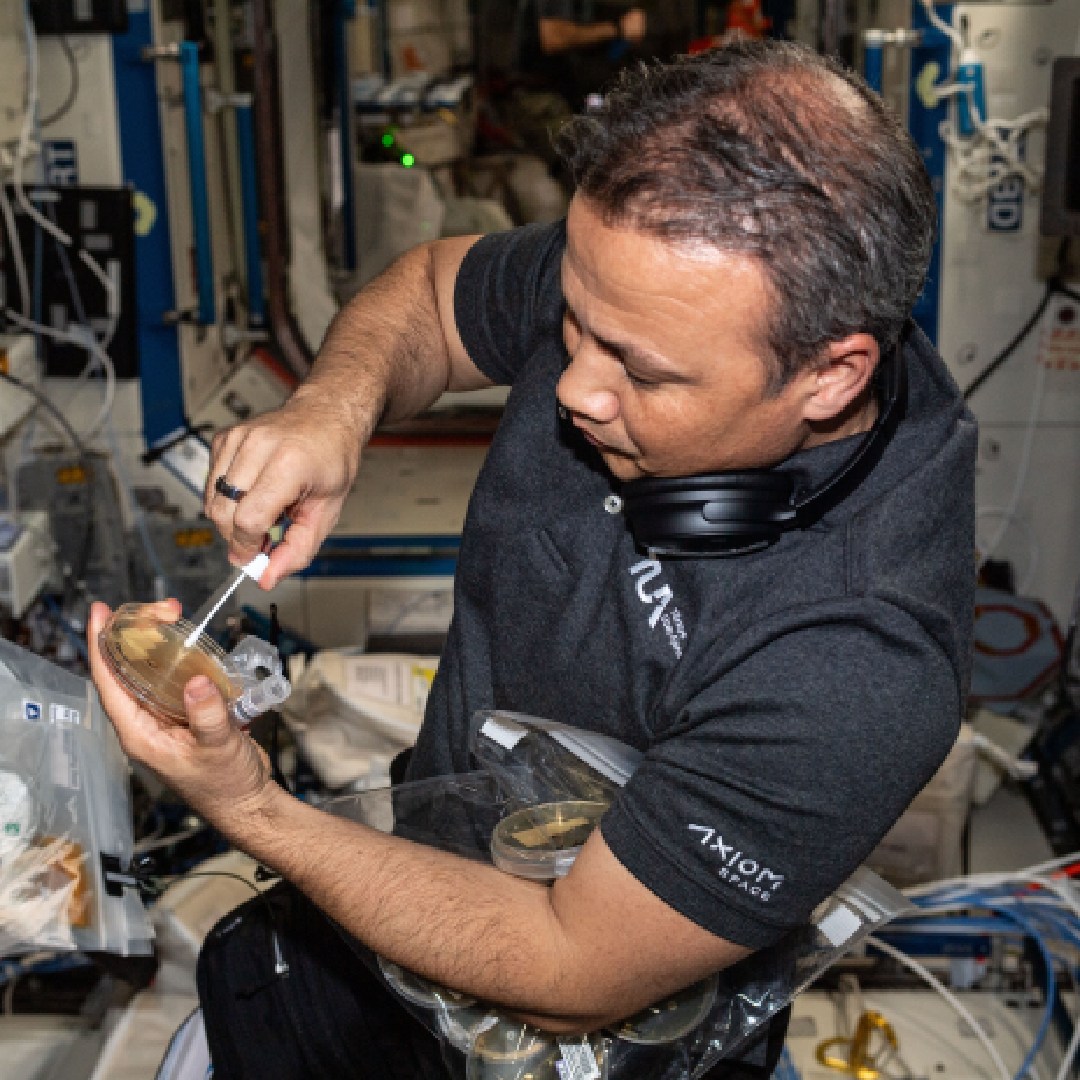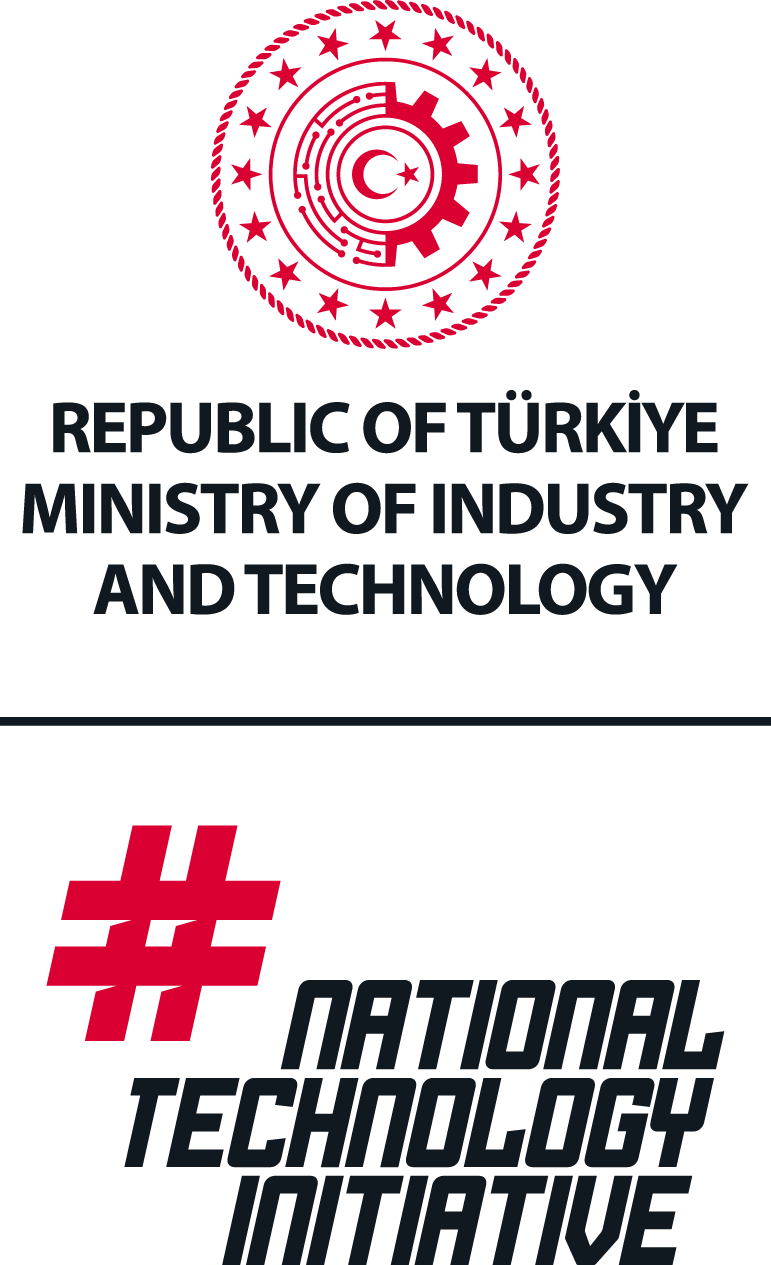UZAY
Biology / Biotechnology
CRISPR-GEM
Investigating the Efficiency of CRISPR Gene Editing in Plants Under Microgravity
Yildiz Technical University
Tuğçe Celayir
Özden Sıla Yiğit
Plants are one of the most important components of bioregenerative life support systems designed to provide a sustainable system for long-term space missions, which is one of the biggest obstacles to be overcome for the future of humanity in space.
The CRISPR-GEM experiment aims to investigate the effectiveness of the CRISPR technique, one of the modern gene editing techniques of molecular biology, on plants in microgravity environment in order to understand and improve the defense mechanisms of plants against biological and non-biological stresses that will occur during space missions.
For this purpose, the researchers prepared infiltration solutions targeting three stress-responsive genes of Arabidopsis Thaliana. This solution was applied by Astronutumuz to 6-week-old plants on the ISS. The plants, which grew in microgravity throughout the mission, were harvested before returning to Earth.
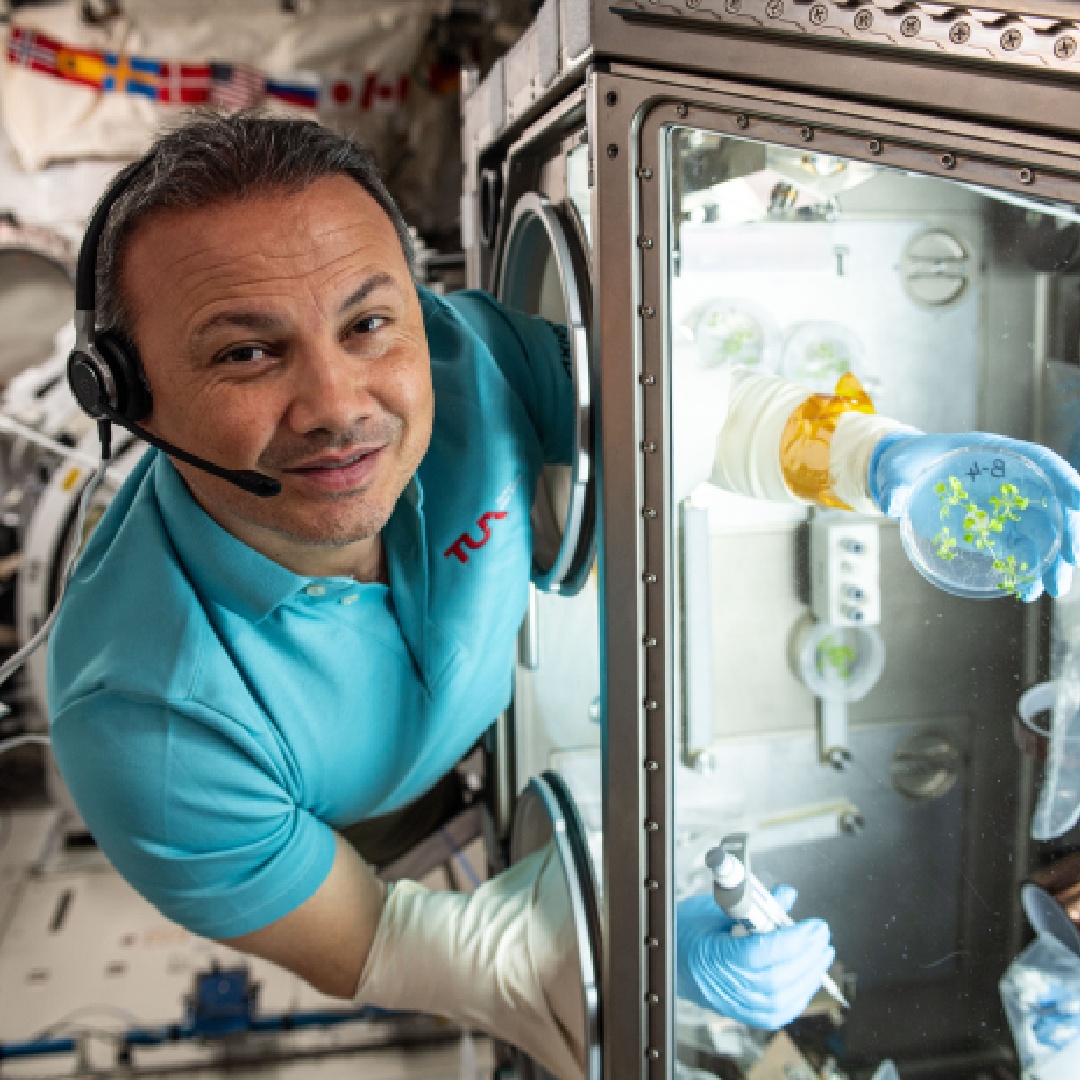
EXTREMOPHYTE
Investigation of the Responses of Schrenkiella parvula, an Extreme Halophyte, to Salt Stress in a Space Environment
Ege University
Assoc. Prof. Dr. Rengin Özgür Uzilday
Assoc. Prof. Dr. Bariş Uzilday, Prof. Dr. İsmail Türkan
The EXTREMOPHYTE experiment aims to reveal the transcriptome by next generation sequencing (RNA-seq) in A. thaliana and S. parvula plants grown in space and on earth and exposed to salt stress and to compare some physiological and molecular responses of glycophytic and halophytic plants to salt stress in microgravity.
For this purpose, halophyte (salt-tolerant) S. parvula and its glycophyte (salt-sensitive) relative Arabidopsis thaliana plants growing around Salt Lake in Turkey were sent into space as seeds, germinated and grown on the International Space Station (ISS). Both plants were subjected to salt stress, their growth performance was compared and gene expression profiles were determined.
As part of this experiment, for the first time, a seed sent from Turkey germinated and was harvested in space.
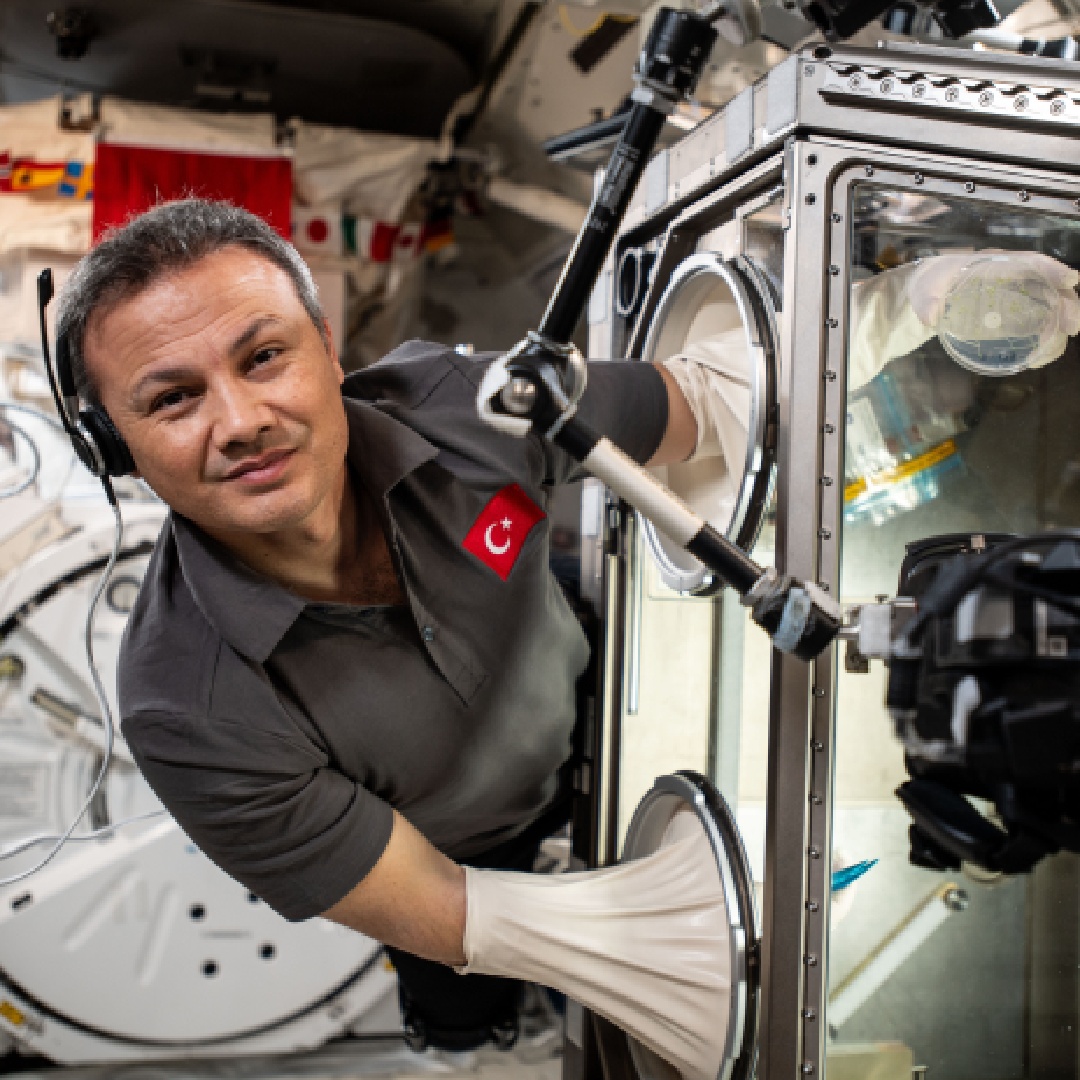
UZMAN
Microalgal Life Support Units for Space Missions
Bosphorus University
TUBU̇TAK MAM, TUBU̇TAK SPACE
Istanbul Medeniyet University
Prof. Dr. Lecturer Prof. Dr. Berat Haznedaroğlu
Doğukan Parlak, Dr. Caner Yürüdü, Dr. Elif Ünveren, Dr. Osman Okur, Bilge Betül Özçelik, Dr. Tuğba Ceylan, Prof. Dr. Turgay Çakmak, Aslıhan Yesir
Algae can not only serve as a source of food on astronaut menus during long-duration spaceflight missions, but can also remove carbon dioxide and produce oxygen for the spacecraft, help regulate spacecraft temperatures and recycle some waste, and can even be used as a fuel source.
Within the scope of the EXPERT Experiment, it is aimed to carry out growth and endurance tests of microalgae species adapted to harsh conditions in the world under non-gravity conditions, to examine their metabolic changes, to determine their CO2 capture performance and O2 production capabilities.
For this purpose, the EXPERT Cube was developed, a 4U life support system with the necessary apparatus for the experiment to carry the different algae species to be tested. The Air Separation Module (ASM) of the cube separates CO2 from the ISS environment and provides a CO2-rich flow to the microalgae microphotobioreactor (mmPBR) module.
TÜBİTAK UZAY provided intensive support to the development and testing activities for the integration of the cube into the ESA - ICF module on the ISS. In this process, the company worked closely with SpaceApplications.
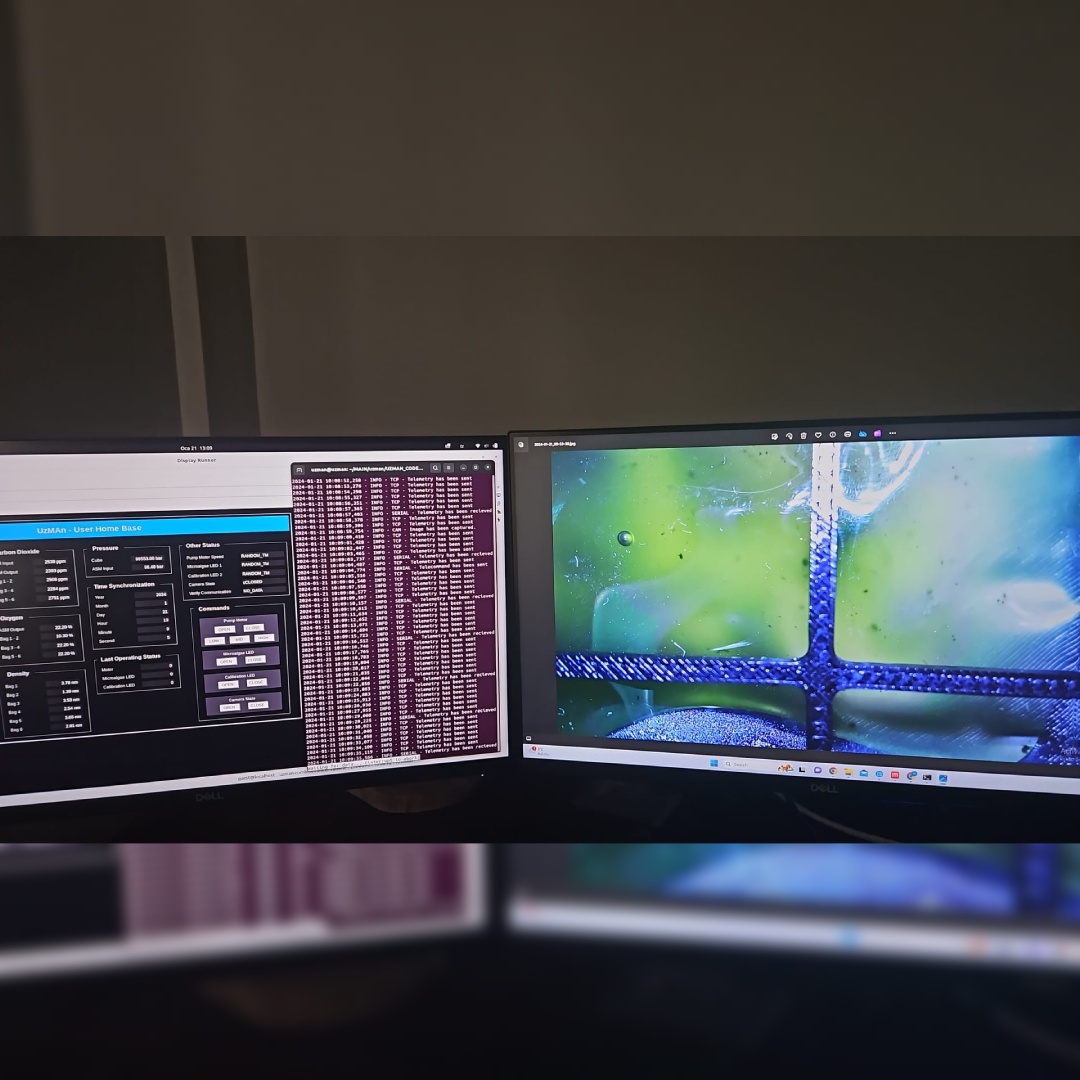
ALGALSPACE
A Comparative Study of Antarctic and Temperate Microalgae Cultivation under Space Conditions
Yildiz Technical University
Prof. Dr. Didem Özçimen
Dr. Benan Inan, Dr. Anıl Tevfik Kocer, Gülcan Ayşin Karaca, Beyza Karacaoğlu
One of the challenges of long-duration space missions, such as human missions to the Moon or Mars, is limited life support resources.
Microalgae, which have much higher efficiency than plants in increasing the amount of O2 in the air and improving air quality, production of food components and treatment of wastes, are considered as a promising technology to improve the applicability of bioregenerative life support systems and are intensively researched.
With the ALGALSPACE Experiment, a study on the use of polar algae in space was carried out for the first time in the literature by comparing the growth data of Antarctic and temperate microalgae in microgravity environment.
For this purpose, C. variabilis ANTARCTIC.001, an extremophilic microalgae, and C. vulgaris, a temperate microalgae, were sent to the International Space Station and these microalgae species were grown under microgravity until they returned to Earth. The growth data of extremophilic and temperate microalgae in space were compared with the growth data of microalgae produced under laboratory conditions.
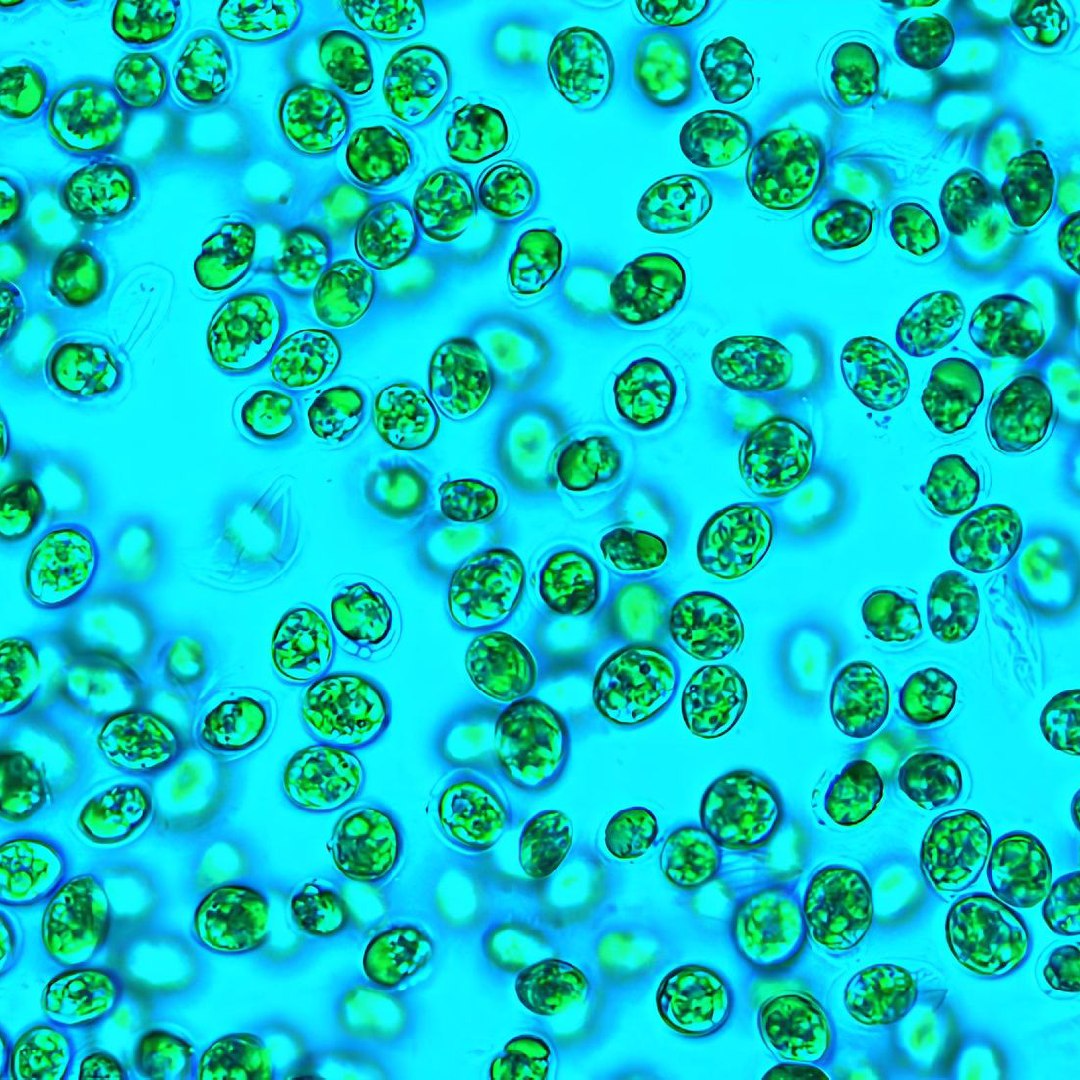
PRANET
Antibacterial Effect of Propolis
Mus Science and Art Center
Birsen Geçer
Prof. Dr. Harun Önlü, Baver Bedirhan Bingöl, Zeynep Nehir Çamlıca, Dilşah İmran Avcı
Propolis is a natural product obtained from bees, used in hive construction and maintenance, and has antioxidant and anti-inflammatory potential. It is widely used in the treatment of various ailments.
PRANET Experiment is a STEM project designed by students aged 13-14, aiming to investigate the effect of Propolis on bacteria in a microgravity environment.
For this purpose, the antibacterial effect of propolis in microgravity environment was tested by applying samples taken from different areas such as the sleeping area and exercise platform in the ISS, which may be bacteria dense, to control and experimental group petri dishes. Bacterial samples obtained from the samples returned from the ISS were also tested in the gravity environment on Earth and the results were compared.
